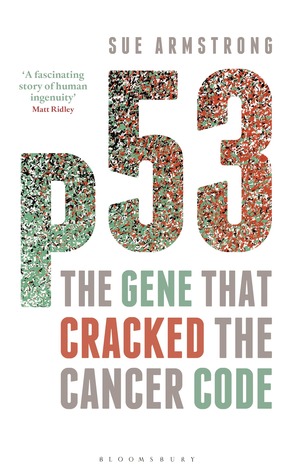 |
p53 The Gene that Cracked the Cancer Code
Sue Armstrong
Bloomsbury Sigma, 2014
ISBN: 978-1-4729-1051-6 |
The is a pretty fair chance that pre-medical students have heard of the gene p53 at some point in their education, but they might not exactly know what it is or why it is important. This is where this book comes into play: it is a highly readable historical account of this gene and its role in cellular behavior and disease. It won’t give you a detailed account of the cell biology, nor reference any of the original work that led to the discovery and understanding of p53, but it will certainly give you a global overview of the significance of this gene. Indeed the author has interviewed many of the scientists that worked (or still work) on p53, so the facts presented are certainly reliable, albeit somewhat superficial. Additionally the author has made a point to avoid complex scientific jargon whenever possible (a plus) but unfortunately still discusses some fairly sophisticated concepts for novice scientists, like the central dogma (chapter 4), that require some background knowledge in molecular biology (a minus). Diagrams and drawings would have greatly helped as visualization of the central dogma is often the best way to understand it. Nevertheless, the book has some pleasant touches, like a one sentence synopsis at the start of each chapter which tells you exactly what you will learn before you start reading. A dramatis personae and glossary are also included to help remind the reader of the scientists involved in the story and the technical vocabulary that is inevitably present throughout the text.
As an introduction to p53 the book merits reading, but where I think it absolutely shines is in detailing the process of science. The discovery of p53 and the elucidation of its function happened in fits and starts, with occasional controversies, and all sprinkled with a fair dose of serendipity; which is a fair reflection of how science actually happens at the bench. Students will get a candid view of how “messy” science is, which in my view is often more practical to learn than the factual information, especially for young scientists starting to work in laboratories.
